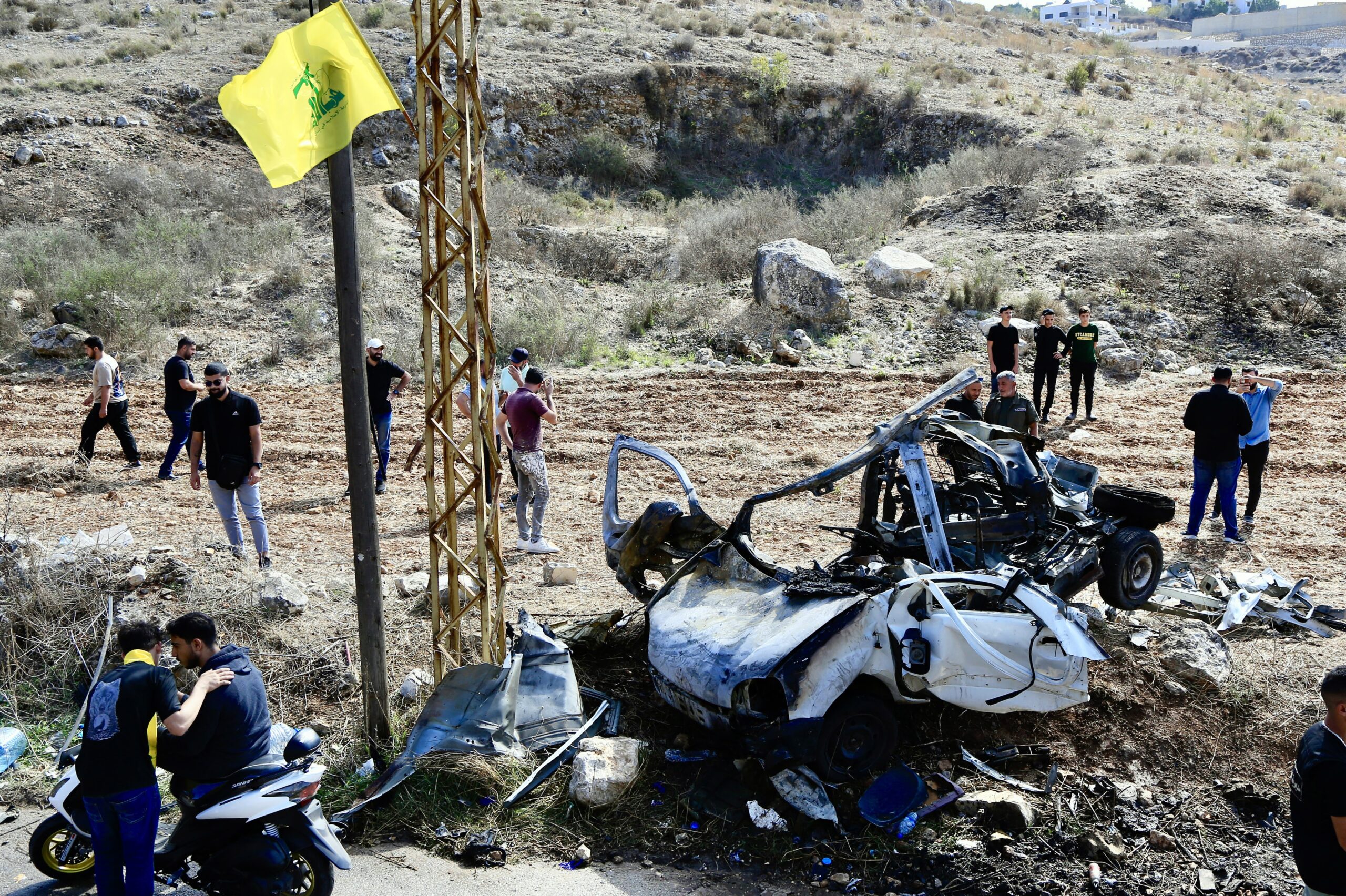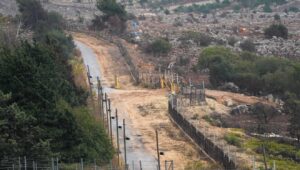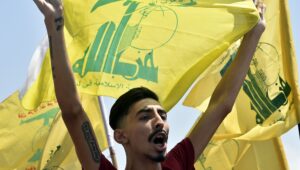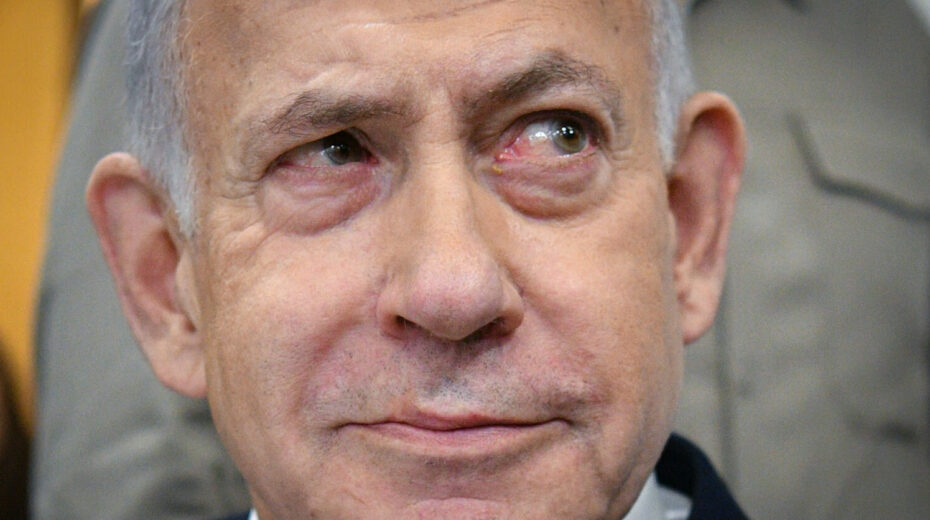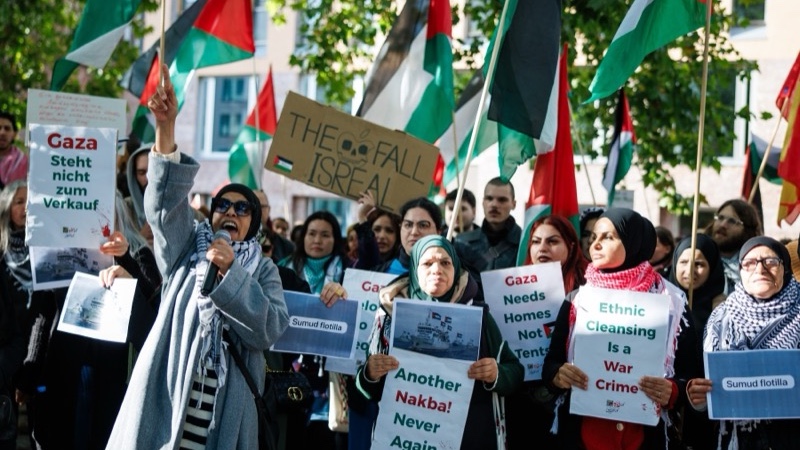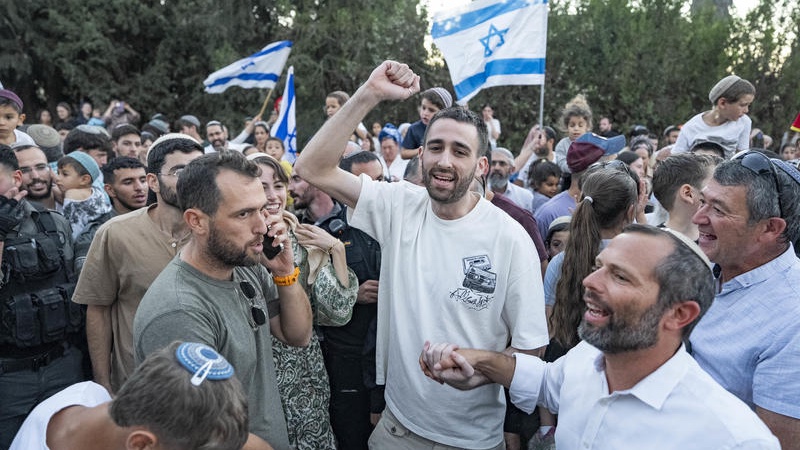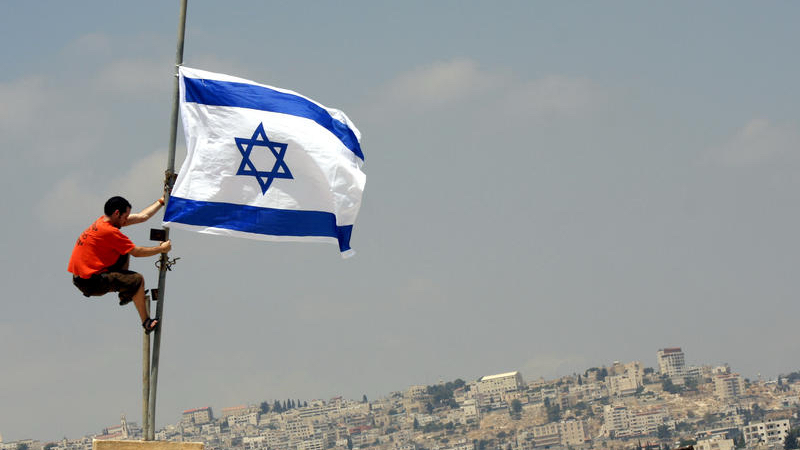Israel has intensified its efforts to curb Hezbollah’s growing military activity in southern Lebanon, eliminating key operatives and conducting large-scale military drills as uncertainty continues to overshadow the fragile cease-fire along the northern border.
In recent days, the Israel Defense Forces (IDF) confirmed the targeted killing of two Hezbollah operatives. The first, Ali Hussein al-Mousawi, was eliminated in the Bekaa Valley, where he was allegedly responsible for transferring advanced weapons from Syria into Lebanon. The second, Abd Mahmoud al-Sayed, was struck near Naqoura. He reportedly coordinated Hezbollah’s recruitment, financial channels and local civilian support networks in southern Lebanese villages. Israeli officials said both men were directly involved in rebuilding Hezbollah’s military infrastructure south of the Litani River, in violation of the November 2024 cease-fire.
🔴ELIMINATED: The IDF conducted precise, intelligence based strikes in southern Lebanon, eliminating:
• Ali Hussein Al-Mousawi, a terrorist in charge of weapons purchasing & smuggling between Syria to Lebanon for the Hezbollah terrorist organization
• Abd Mahmoud Al-Sayed, a… pic.twitter.com/BGUEcxOXei— Israel Defense Forces (@IDF) October 26, 2025
The IDF framed the strikes as part of a broader strategy to enforce security along the northern frontier and to signal that it will not tolerate Hezbollah’s entrenchment under Iranian direction. Although open warfare has subsided since 2023, northern Israeli communities still face sporadic rocket fire, drone infiltrations and anti-tank missile attacks, keeping thousands of residents from fully returning to their homes. For Israel, preventing Hezbollah from rearming is not a matter of retaliation, but deterrence.
At the same time, the Israeli military announced that it had completed a five-day division-level exercise along the Lebanese border, led by the IDF’s 91st Division and the National Ground Training Center. This drill—described as the army’s largest since the war that began on Oct. 7, 2023—simulated extreme defense scenarios, rapid mobilization of reserves and a swift shift from defense to offensive operations. Military officials said the exercise was designed to internalize lessons learned from nearly two years of conflict on multiple fronts.
Though most Israeli ground forces withdrew after the cease-fire, Israel still maintains control over five strategic positions in southern Lebanon. Officials insist they will only withdraw once the Lebanese army demonstrates it can effectively secure the border and prevent Hezbollah’s return. On Sept. 9, Lebanese Foreign Minister Youssef Raggi claimed that Lebanon’s armed forces would fully disarm Hezbollah in the south within three months. But Hezbollah’s leadership immediately rejected that notion. In an interview with Al-Manar TV, the group’s deputy leader Naim Qassem declared that Hezbollah had a “legitimate right” to keep its weapons and would remain a resistance movement “even if we are left with only our fingernails or a stick.”
This internal contradiction highlights Lebanon’s dilemma: the government formally supports U.N. Security Council Resolution 1701—which demands Hezbollah’s disarmament and the deployment of the Lebanese army and UNIFIL in the south—but lacks both the political consensus and military capability to confront Hezbollah. Instead, Israel continues acting independently to safeguard its border, while Iran-backed Hezbollah insists it alone decides when and how to fight.
In response to the mounting tension, U.S. President Donald Trump approved $230 million in aid for Lebanon’s security forces. A State Department spokesperson said the funding is intended to strengthen Lebanon’s sovereignty and support the full implementation of U.N. Resolution 1701—“the only viable framework for a lasting security arrangement for both Lebanese and Israelis.” Yet skepticism remains in Jerusalem, where officials argue that international resolutions are meaningless without enforcement on the ground.
For now, Hezbollah has not launched a major retaliation for the targeted killings, possibly to avoid a broader conflict while rebuilding its forces. But Israel’s stance is clear: cease-fire or not, it will strike whenever it detects a growing threat. In the north, there is quiet, but it is the tense quiet of a “war between wars,” where the next escalation is only a decision or miscalculation away.


